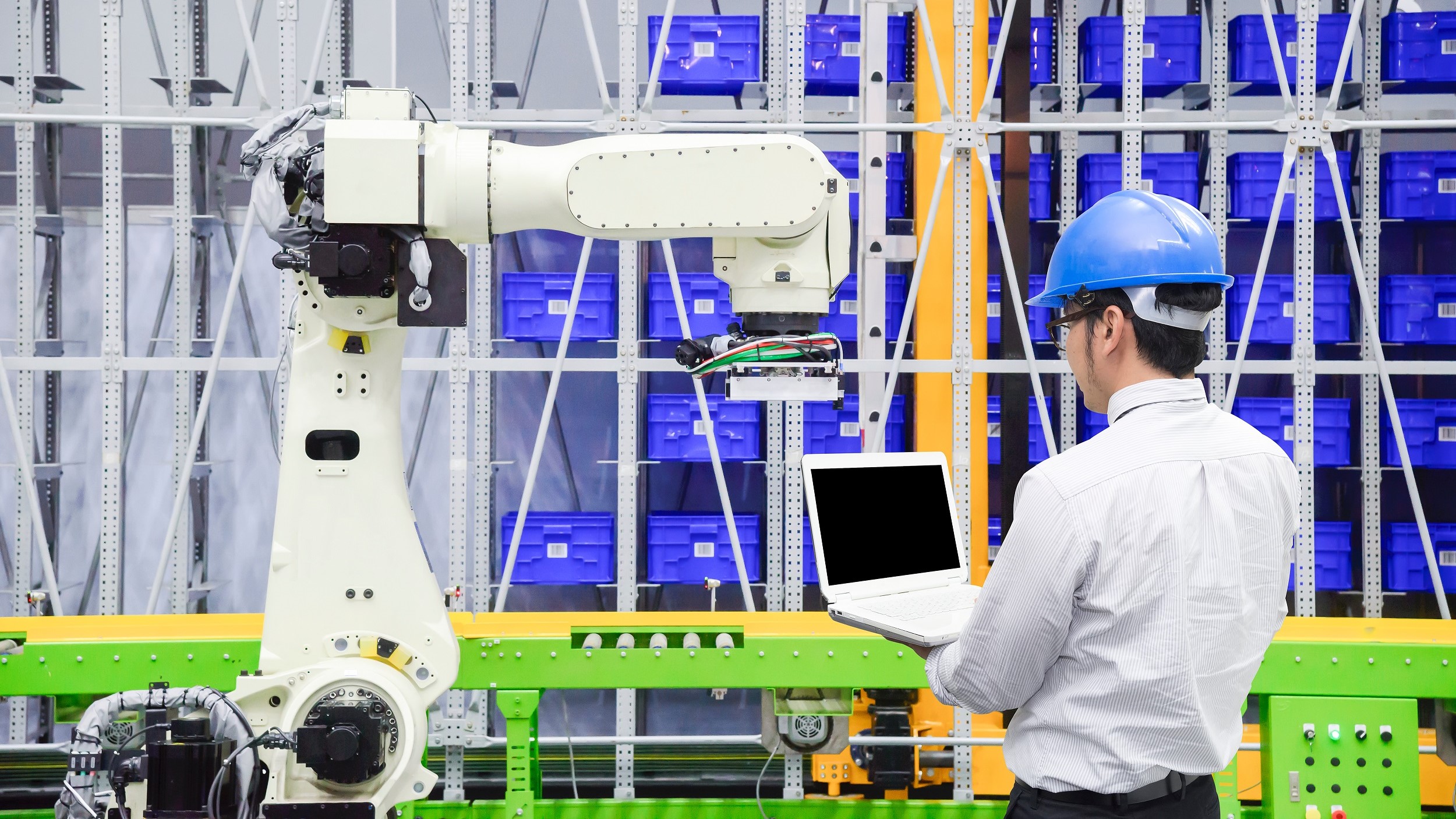A new industry group promoting Australia’s robotics industry will be crucial in stemming the flow of domestic talent to aggressively recruiting overseas interests, according to one CSIRO robotics executive.
“The domestic talent pool is great, and we have a lot of universities with very strong research programs,” Frederick Pauling, a project leader and software engineer within CSIRO’s Autonomous Systems Robotics Group, told Information Age.
“But retention of talent in Australia is a problem.”
“If we can help foster this domestic ecosystem of companies, where people come out of university and there are opportunities to create new companies or be part of impactful high-tech companies, that will help people stay in Australia.”
Building new opportunities in robotics is one of several primary goals behind the formation of the Sixth Wave Alliance (SWA), an industry group spearheaded by CSIRO’s Data61 in conjunction with QUT and the universities of Sydney and Queensland; the Defence Science and Technology Group; Department of Industry, innovation and Science; National Energy Resources Australia; and private firms including management consultancy AlphaBeta, mining career pathway program METSignited, and energy giant Woodside.
Woodside, for one, has been investing heavily in robotics and last year launched a partnership with NASA that included the five-year deployment of a Robonaut with which the company is developing new applications for remote and hazardous operations.
A robotics patchwork
Similar applications are scattered far and wide across Australian industry, but previous efforts to improve collaboration have fallen by the wayside.
With the robotics industry exploding – a recent IDC analysis projected worldwide robotics spending would total $US103.1 billion ($AUD 136b) this year and grow by 25.4%annually through 2021 – the formation of the group represents a concerted effort to both identify domestic market opportunities and push Australia’s expertise into the world market.
It reflects an early step towards the delivery of the Robotics Roadmap for Australia, which is being formalised by the ARC Centre of Excellence for Robotic Vision and is expected to be launched in June.
“The formation of the SWA is critical to build a successful path to innovation for robotics R&D,” said Dr Sue Keay, Chair of the Robotics Roadmap and chief operating officer at QUT’s Australian Centre for Robotic Vision.
“SWA brings together complementary skills to solve problems, build human capacity, develop new technologies and encourage investment in an area where Australia already has a world-leading reputation.”
Encouraging business R&D spend
The Federal Government’s Australia 2030 Plan, released in January, highlighted the prominence of robotics as a key growth area – noting the strength of Australia’s artificial intelligence research and automation work in industries such as mining and agriculture.
Yet while OECD figures put Australia’s government expenditure on R&D level with the world’s best at 0.9% of R&D, Australia’s business R&D expenditure of 1% of GDP was flagging innovation leaders such as Israel (3.6%), Korea (3.3%), and Japan (2.6%).
“The key for Australia to capitalise on these opportunities is to combine our core strengths in asset-intensive physical domains with emerging digital technologies and economic structures,” the report noted.
That report recommended that reversal of the decline in business R&D spending be “the top priority of innovation policy” through “new and redirected investment in stimulating business R&D to programs that directly support activity in areas of competitive strength and strategic priority.”
Improving attractiveness for government
By all accounts, robotics is one such area – but most Australian robotics projects are standalone projects being quietly run within universities or private enterprises.
“Little is known about the robotics industry in Australia today,” the Robotics Roadmap’s authors note, “and yet they will support the use of robotics across a range of sectors.”
Pauling hopes the formation of the SWA will help the industry better define itself – and create opportunities for a domestic ecosystem that includes skills not only in designing robotics, but in manufacturing, integrating, servicing, and exporting the technology.
The hosting of this month’s IEEE International Conference on Robotics and Automation in Brisbane was an opportunity to showcase Australia’s robotics skills to the world.
In June 2019, Australia will host the RoboCup international symposium and world championship tournament.
Over time, Pauling said, better organisation and visibility of Australia’s robotics industry will help it build a better case for government support. “We need to have domestic capability in a globalised world,” he explained.
“There’s a risk that if Australia doesn’t invest in this, that we will need to import this technology from overseas. And I think the government will want to invest in this area in a similar way that they’ve invested in other key bits of industry.”
Launched in 2016, the Federal Government’s National Innovation & Science Agenda has driven focused tech-industry development investments such as the $250m Biomedical Translation Fund, a $25m injection into quantum computing research, $22m for the Cybersecurity Growth Centre, a $19m Business Research and Innovation Initiative, and the $75m spent to establish Data61.
The SWA welcomes new members.










